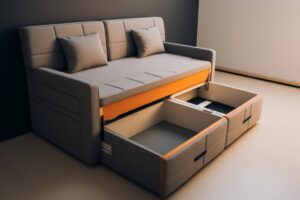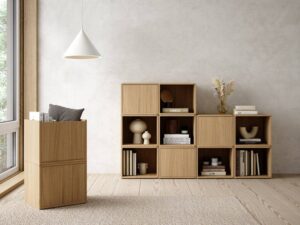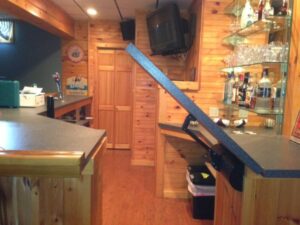The Interior Design Blog
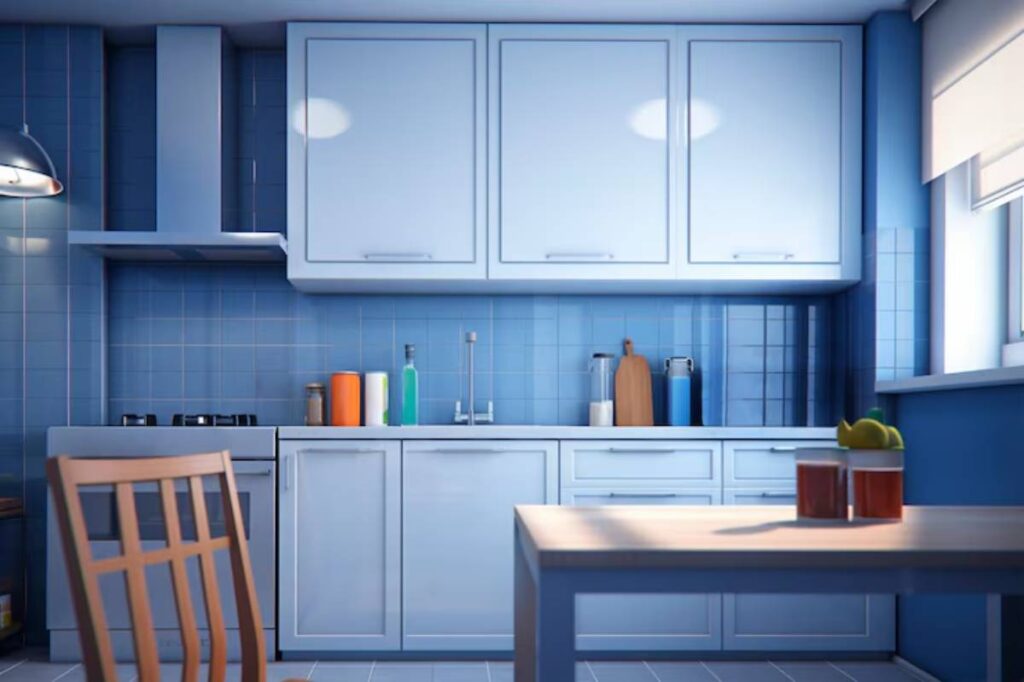
Using Corner Walls for Hidden Storage Potential
Let’s be honest — when was the last time you looked at a corner and thought, “That’s prime storage real estate”? For most of us, corners are where the hoover gathers dust or where that forgotten stack of magazines silently lives. But in a small home, corner wall storage can be the secret weapon you never knew you had.
Tight on floor space? You’re not alone. Whether you’re living in a city flat, a compact cottage, or just trying to get more out of your existing layout, learning to spot and harness unused vertical zones — especially corners — can completely change how your space feels and functions.
This guide is packed with practical, aesthetic, and unexpected corner storage hacks to help you reclaim those awkward angles. We’ll explore hidden shelving, modular solutions, and design-friendly ways to turn overlooked areas into small room solutions that work with your lifestyle, not against it.
Why Corners Are Your Untapped Storage Goldmine
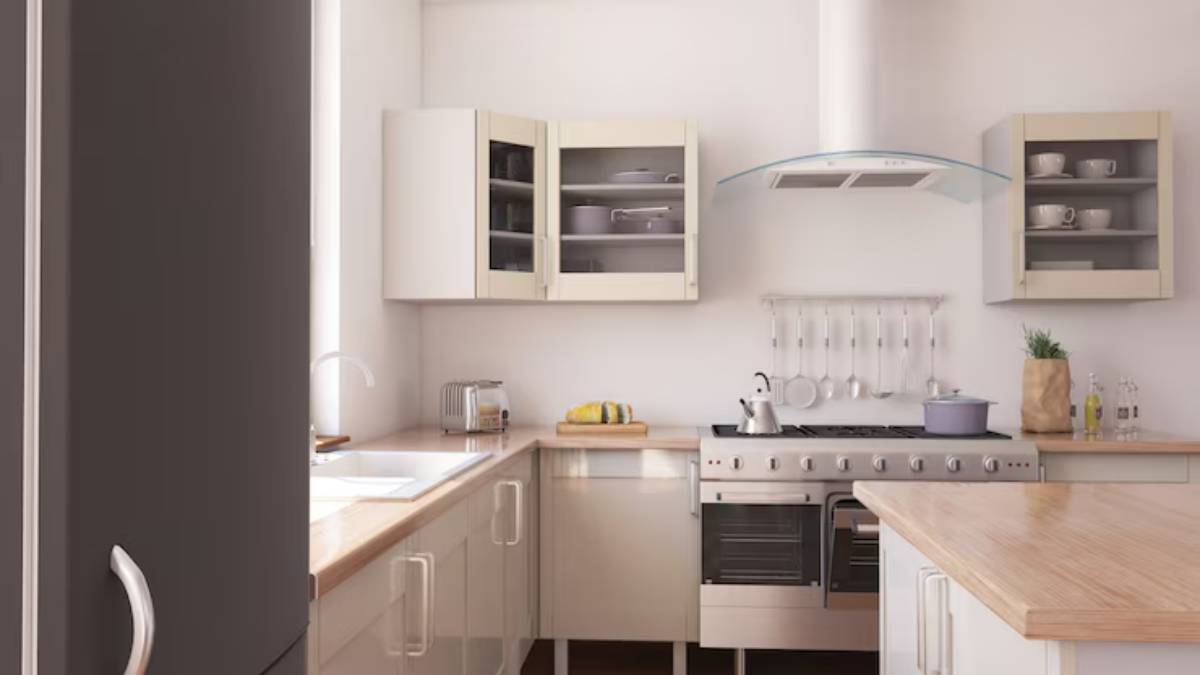
Corners often slip under the radar when planning a room layout. We focus on walls, windows, and main pieces of furniture — leaving those 90-degree angles largely forgotten. But they have so much untapped potential.
More Than Just Dead Space
Corners don’t take up extra floor area, which makes them a smart choice for compact spaces. Whether it’s a floating shelf, a custom corner cabinet, or even a small hanging rack, integrating storage into corners lets you use every inch without cluttering up your home.
Imagine a hallway where a tall, triangular cabinet discreetly hides your shoes. Or a kitchen where spices and mugs are stashed in slim corner racks right next to your cooker. Simple, elegant, and so effective.
Vertical Value
Many corners have full-height potential, going all the way to the ceiling. This is especially handy in spaces where conventional cupboards would dominate or close off light. Corner units often feel less intrusive but deliver impressive storage depth.
Floating Corner Shelves: Small But Mighty
If you’re working with minimal space, floating corner shelves are an easy, renter-friendly solution that won’t overpower the room.
When and Where to Use Them
- In bedrooms, stack 2–3 corner shelves above the bedside table for books, glasses, or a plant.
- In living rooms, add them above a radiator or next to a sofa — ideal for decor or a reading light.
- In kitchens, corners between cabinets are perfect for cookbooks or spice jars.
What makes these so appealing is their light visual footprint. They create a function without adding bulk, making them ideal for smaller or awkwardly shaped rooms.
And if you’re thinking long-term, you can even blend them into built-in shelving or modular cube designs like those discussed in using modular cubes for flexible storage design.
Corner Cabinets: Conceal More, Store More
Sometimes, open shelves just won’t cut it. If you need to stash clutter or want a more polished look, corner cabinets are your go-to.
Floor-Mounted Units
These work particularly well in:
- Bathrooms, where a corner cabinet hides toiletries while freeing up the sink area.
- Kitchens, as rotating “Lazy Susan” corner units make use of deep cabinetry that’s otherwise hard to access.
- Utility rooms or entries, where you can tuck away shoes, baskets, or cleaning supplies.
Opt for models that angle outwards, using triangular or rounded shapes that hug the wall while still offering depth.
Wall-Mounted Cabinets
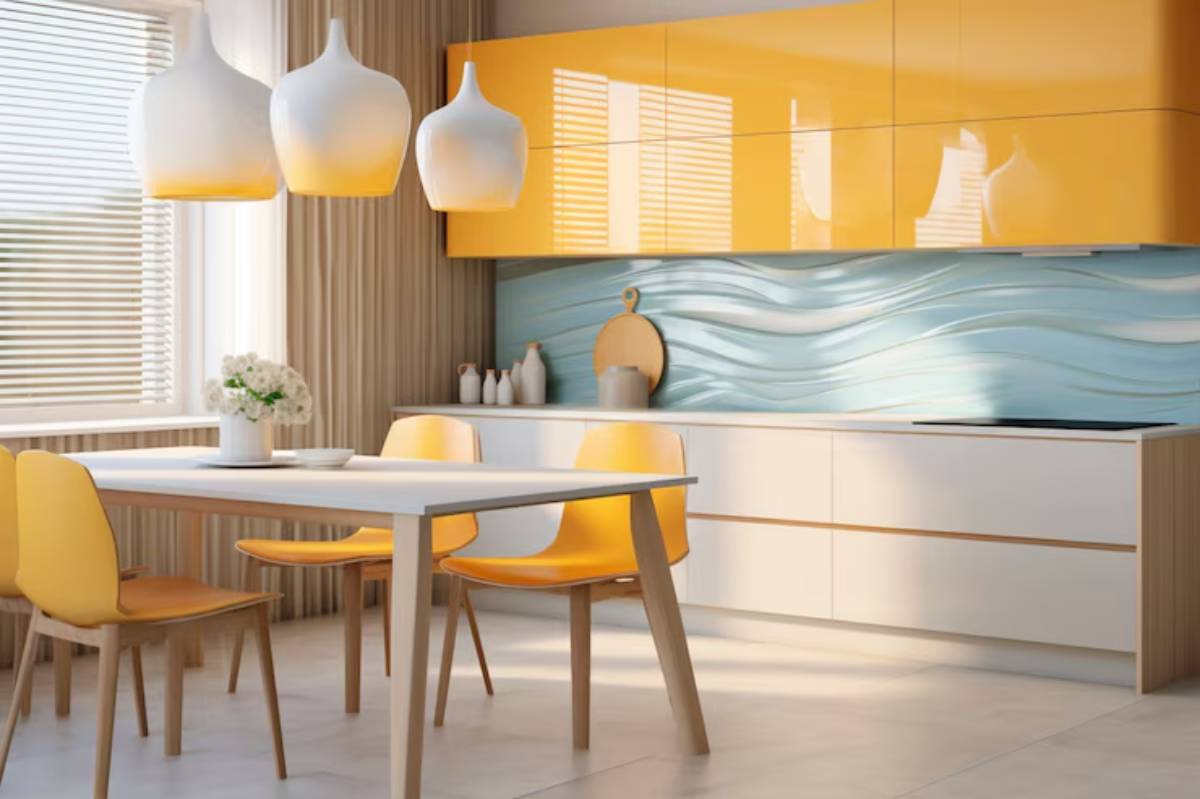
For a more spacious feel, wall-mounted corner cabinets elevate storage. Perfect for storing delicate items, paperwork, or kitchenware you don’t use every day.
Customising Corner Furniture for Flexibility
Sometimes, the best storage isn’t bought — it’s built. If you have an unusually shaped room, DIY or fitted corner furniture could be the key to unlocking space you thought was lost.
Built-In Wardrobes or Desks
A custom wardrobe fitted snugly into a bedroom corner can double or triple your vertical hanging space without sacrificing walking room. Or, try a corner desk in a child’s room — minimal footprint, maximum function.
You can even add vertical drawers alongside to fully utilise narrow gaps, much like those featured in vertical drawers slim and functional for tight spaces.
Bench Seating With Hidden Storage
In kitchen diners or bay windows, a corner bench with lift-up seats offers both storage and extra seating — ideal for small family homes or flats with limited dining space.
Hallways and Entrances: The Forgotten Corners
If there’s any area more neglected than corners, it’s probably the hallway. But combining both? That’s next-level underuse — and a huge opportunity.
L-Shaped Coat Hooks and Shelving
Instead of trying to wedge in a freestanding coat rack, mount L-shaped hooks or floating cubbies in the corner. Add a small stool or crate beneath for shoes, and suddenly your entryway is working hard without taking up room.
Tall Vertical Cubes
Think floor-to-ceiling cubes tucked into the end of the hall — not only do they offer practical shelf space, but they visually extend the height of the corridor, making it feel taller and more open.
Styling and Aesthetic Considerations
Corners are functional — yes, but they can also be visually striking when styled with care.
Choose Materials That Blend or Contrast
- Use mirrored shelves or metallic frames to reflect light and create the illusion of space.
- Stick with neutral tones to keep small rooms calm, or go bold with contrasting wood or black hardware for a focal point.
Don’t Overload
One of the best things about corner storage is that it feels lighter than traditional units — don’t ruin that by cramming every shelf or drawer. Curate the contents just as you would a gallery wall or open display.
Safety, Installation, and Maintenance Tips
A few practical notes to keep your corner storage useful (and safe):
- Anchor all wall-mounted units, especially in family homes or earthquake-prone areas.
- For DIY shelves, ensure you’re using the correct brackets and wall fixings for your surface type.
- Clean and maintain shelves regularly — corners can attract dust and cobwebs faster than flat walls.
Always keep heavier items lower down on taller shelving units to maintain balance and ease of access.
Conclusion: Corners Deserve the Spotlight
If you’ve been ignoring your corners, it’s time for a rethink. They’re not just awkward afterthoughts — they’re a clever, stylish, and surprisingly versatile storage solution. With the right approach, you can transform even the tightest corner into a hardworking zone that supports your lifestyle and elevates your home’s design.
From floating corner shelves to custom wardrobes and bench seating with hidden compartments, the opportunities are as varied as they are impactful. By incorporating a few of these smart ideas into your rooms, you’ll not only clear clutter, you’ll reclaim space you didn’t even realise you had.
So next time you walk past that empty corner, stop and ask: What could live here?



